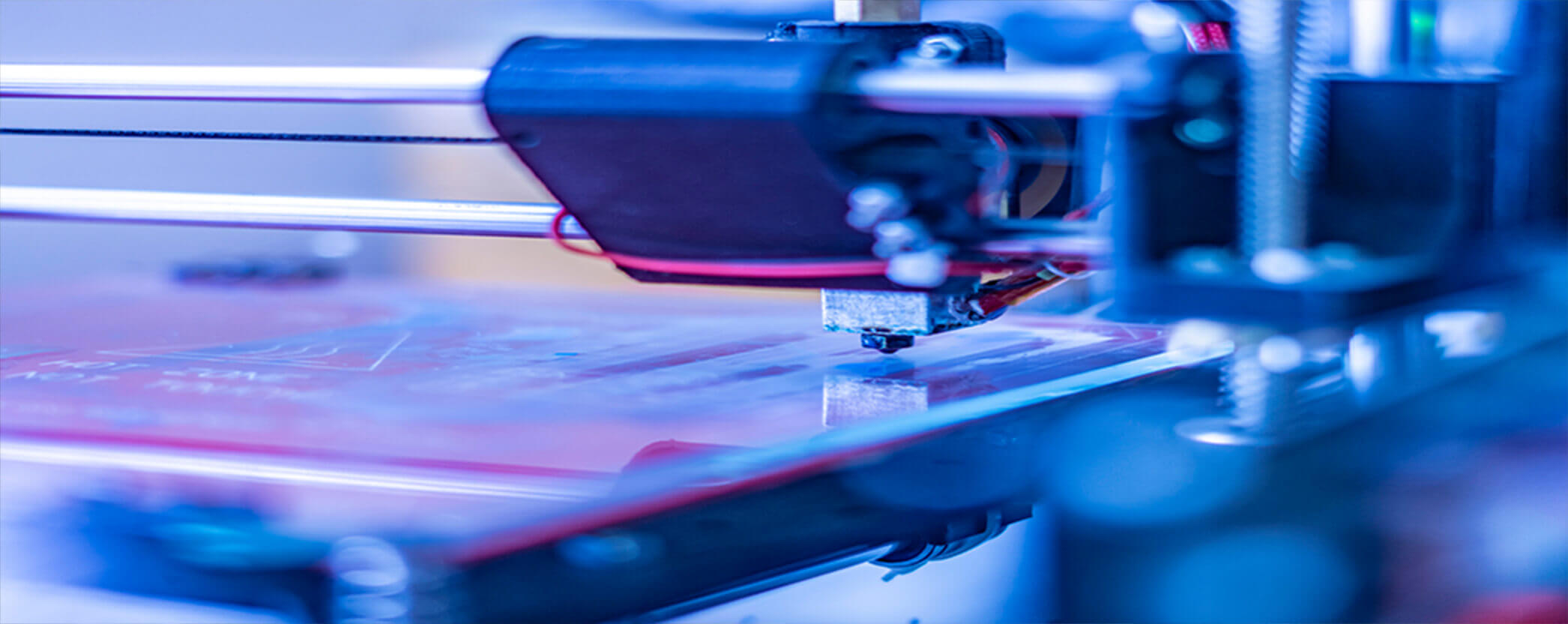
12/21/2020
A new study conducted by researchers at Yale University found that electronic waste is on the decline. The total mass of electronic waste generated by Americans has been decreasing since 2015 – a surprising finding, given the prominence of digital devices in our lives. Several factors contribute to this decline: Slim flat-screen models have replaced large cathode ray tube (CRT) televisions and computer monitors, and many devices perform multiple functions (a cell phone that also serves as a camera, for example).
Standards continually support new technologies, and the drive toward smaller and multi-function devices is no exception. The emergence of flat-panel televisions and computer screens to replace CRT models was the biggest contributor to the decline in electronic waste, according to the study’s authors. One standard that supports flat-panel technology is IEC 61747, Liquid Crystal Display Devices, a multi-part standard that guides the LCD technology found in televisions, computer monitors, and other flat-panel displays. This standard was developed by the International Electrotechnical Commission (IEC) Technical Committee (TC) 110, Electronic displays. The Electronic Components Industry Association (ECIA), a member and accredited standards developer of the American National Standards Institute (ANSI), serves as the U.S. National Committee (USNC)-approved U.S. Technical Advisory Group (TAG) Administrator to IEC TC 110, carrying U.S. positions forward to the committee.
Devices that do double duty – or triple duty or more – are also helping to reduce the amount of electronics that people buy, and eventually discard. From gaming systems that can also serve as DVD players, to watches that receive emails and check your heart rate, to tablets that can act as a phone or a miniature movie screen, electronic devices can do more than ever, and standards are behind these advances. Mobile communication and computing devices can meet many of a consumer’s electronic needs, and this equipment is guided by standards such as CEA CEB18-2007 (R2012), Recommended Practice for Transmitter Control and Status Indication in Transmitting Portable Electronic Devices, developed by ANSI member the Consumer Electronics Association (CEA).
Slim and portable electronics are something almost all of us use and appreciate, but an emerging trend is to take this minimizing to the next level, with some of the tiniest tech in the world detailed in an article in Digital Trends. Nanotechnology is behind many of the innovations in the article, like a nanocar that’s the size of a complex molecule. With four wheels that are reactive to electrons, the nanocar can be “driven” by scientists, and its creators hope that the technology can one day be used to create self-propelled nanomachines that perform useful tasks. ANSI is active in the nanotechnology space through its Nanotechnology Standards Panel (ANSI-NSP), which serves as a cross-sector coordinating body to facilitate the development of standards in the area of nanotechnology. ANSI-NSP also hosts a Nanotechnology Standards Database to capture information about standards and associated documents that directly relate to nanomaterials and nanotechnology-related processes, applications, and products.
Another technology named in the Digital Trends article that is among the tiniest of its kind is a miniature sensor that never needs a battery. The device uses solar power, making it a potential solution for gathering data on temperature, humidity, and other attributes in environmental science and project maintenance applications where electricity or accessibility is a challenge. The tiny sensor wirelessly communicates this data to another device for collection using low-power wide-area (LPWA) technology. LPWA technology development has been supported by many standards, such as IEEE 802.15.4w-2020, IEEE Standard for Low-Rate Wireless Networks--Amendment 2: Low Power Wide Area Network (LPWAN) Extension to the Low-Energy Critical Infrastructure Monitoring (LECIM) Physical Layer (PHY), developed by ANSI member and accredited standards developer IEEE.
Whether handheld or nanosized, smaller technologies will continue to evolve with the help of standards. Learn more about the decline in electronic waste on the Yale School of the Environment website, and about some of the world’s tiniest technology in Digital Trends.
Electronics and the Environment
While reducing the mass of electronic waste headed to landfills is a step in the right direction, experts from the Yale study suggest a reframing of electronic waste recycling programs to focus on recovering elements like cobalt (in batteries) and indium (in flat-panel displays). These elements are relatively scarce, so recovering them from used goods can help to supply the ingredients needed for manufacturing new devices, while reducing environmental destruction that may come from traditional mining.
Standards offer guidance on the environmental impact of electronics, from manufacturing to end-of-life processing. IEEE publishes the IEEE 1680 family of sustainability standards to guide the assessment of environmental performance of electronic products.